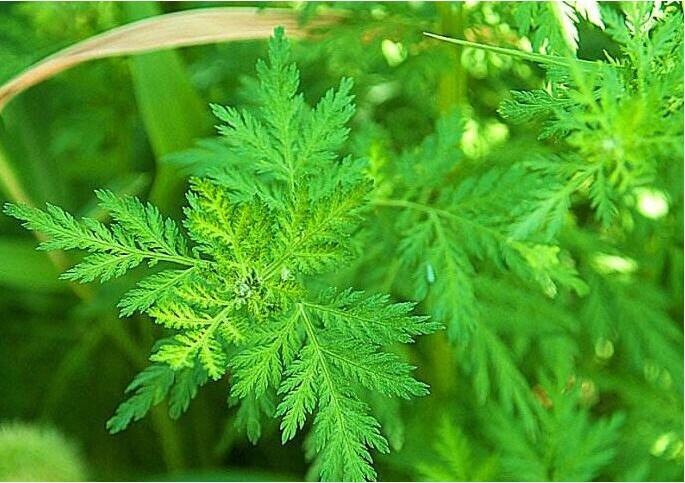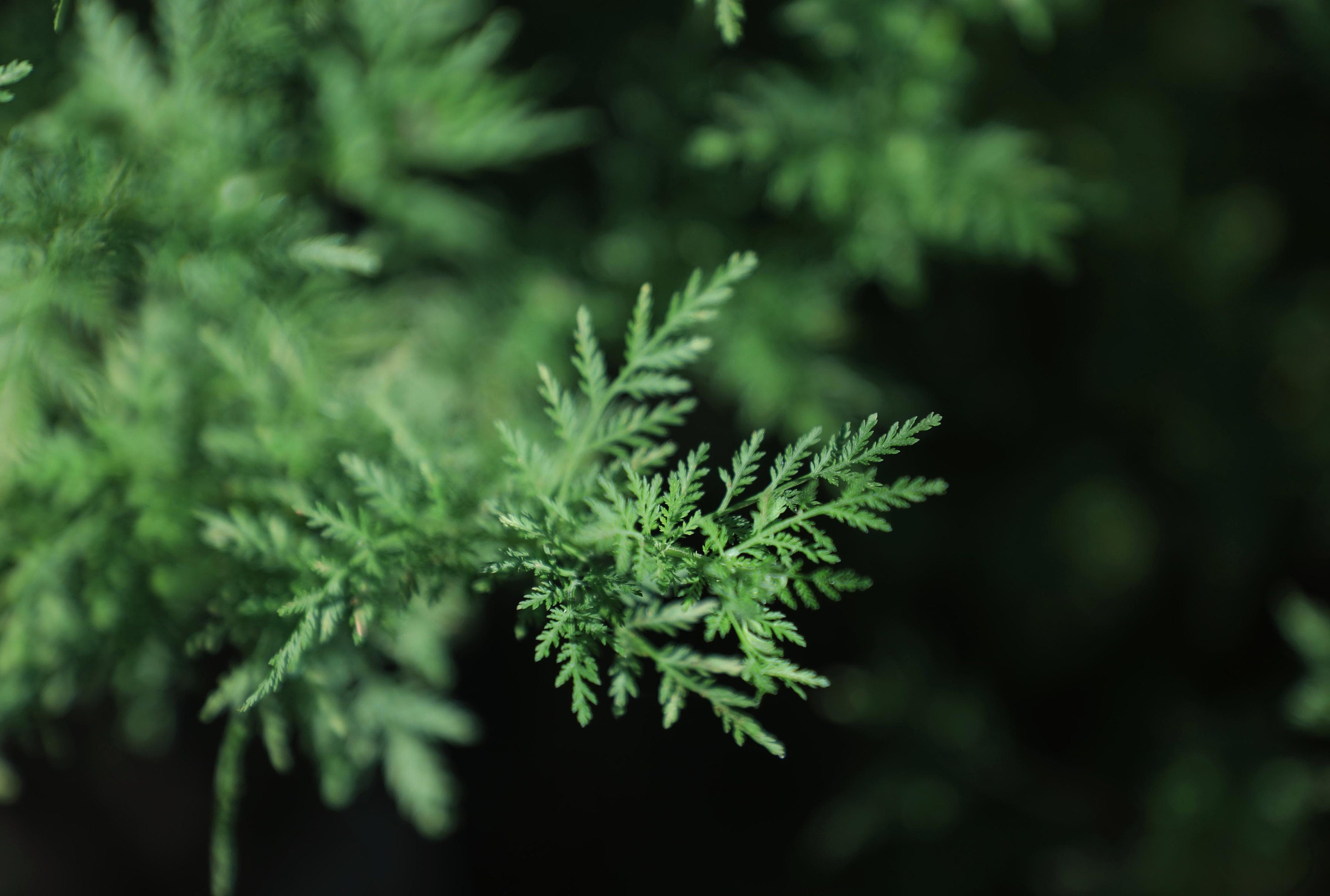The Artemisia plant, particularly Artemisia annua, is a remarkable example of the fusion between traditional and modern. In Chinese medicine, known for its extensive herbal knowledge, Artemisia annua (known as “Qinghao”) has been used for over 2,000 years. The earliest known reference appears in the Handbook of Prescriptions for 52 Diseases, a text from the Han Dynasty dating back to around 168 BCE.
With the rise of postmodern medicine, the use of Artemisia gradually faded into obscurity. However, in the 1970s, archaeological excavations uncovered ancient medical recipes, including one for an Artemisia tea used to treat stomach issues and even malaria. This rediscovery marked the beginning of Artemisia annua’s modern success story.
Although originally from Asia, Artemisia annua is now cultivated worldwide, including in Europe, Africa, North, and South America. This global spread highlights its adaptability to diverse environments. Due to its fast growth and ease of propagation, it has become an ideal crop for large-scale agricultural production. In countries like Tanzania and Kenya, it is cultivated not only for its medicinal properties but also to support local economies and healthcare initiatives.

The Plant Artemisia annua can grow up to 3 meters in height and is known for its intensely aromatic scent. It has small, deeply lobed leaves and blooms with tiny yellow flowers in late summer and early autumn. These characteristics make it a popular ornamental plant in gardens. The Artemisia genus comprises over 500 species, including common mugwort, wormwood, southernwood, and tarragon.
As an annual plant, Artemisia annua reproduces only through its seeds, which are enclosed in single-seeded fruits (achenes), typical of the Asteraceae family. These tiny fruits, about one millimeter in size, are dispersed by wind and water, allowing the plant to spread rapidly across long distances and establish itself in new locations.
Exclusive Cultivars
Today, specialized cultivars of Artemisia annua have been developed, allowing it to thrive in non-tropical climates. Some of these breeds have up to 20 times the active compound concentration compared to wild plants.
The Plant, the Nobel Prize, and the Future The Nobel Prize is one of the most prestigious honors in science, awarded only to groundbreaking discoveries. In 2015, the Nobel Prize in Medicine was awarded—indirectly—to Artemisinin. The award went to Youyou Tu, an 84-year-old Chinese scientist, for her discovery of Artemisinin in the Artemisia annua plant.
In the late 1960s, common malaria treatments were losing effectiveness as the parasites developed resistance. Her discovery of Artemisinin came just in time, revolutionizing malaria therapy.
A few years ago, Professors Henry Lai and Narendra Singh from the University of Washington conducted a large-scale study, revealing that Artemisinin—the primary compound in Artemisia annua—has promising anti-cancer properties. This led to a wave of research across laboratories, universities, pharmaceutical companies, and clinics. Today, there are thousands of studies confirming the scientific potential of Artemisia annua and its compounds, many of which are available on PubMed.
Beyond human medicine, fields like veterinary science are also exploring Artemisia’s bioactive properties, with similarly promising results.
Key Active Compounds To date, 245 different bioactive compounds have been isolated from Artemisia annua. The most well-known is Artemisinin, but the plant also contains various other beneficial phytochemicals, including:
• Flavonoids (antioxidants)
• Menthol (cooling, soothing effects)
• Coumarins (anticoagulant properties)
• Thymol (antimicrobial effects)
• Beta-Sitosterol (supports cholesterol balance)
• Various essential oils
Many of these compounds are well-researched and linked to various health benefits. Flavonoids, for example, are valued for their antioxidant effects, while menthol and essential oils are associated with relaxation and respiratory support.
Advances in Research & Development In recent years, research on Artemisia annua has intensified.
A 2021 study from the Johns Hopkins University School of Medicine found that Artemisinin induces reactive oxygen species (ROS) production in cancer cells, leading to their destruction. Other studies are currently investigating synergistic effects between Artemisinin and conventional cancer treatments. Applications Originally developed as an anti-malaria treatment, Artemisinin is now being studied and used in cancer therapy, HIV, Lyme disease, and various other conditions. It is also traditionally used to manage fever and inflammation.
While many applications have been scientifically studied, some remain under-researched due to a lack of pharmaceutical interest in clinical trials.
Lower Resistance with Whole-Plant Extracts Using the entire plant extract offers two key advantages:
1. Better therapeutic outcomes
2. Lower risk of resistance
Pathogens, such as the malaria parasite, can potentially develop resistance to single-compound medications (like pure Artemisinin). However, when exposed to a broad spectrum of compounds from the entire plant, resistance is much less likely.
Unfortunately, the pharmaceutical industry focuses almost exclusively on single-substance drugs, which has contributed to the declining effectiveness of many malaria treatments.
To date, no resistance has been reported worldwide when using whole-plant extracts rather than isolated Artemisinin.
Economic & Social Impact The economic significance of Artemisia annua is substantial. The cultivation and processing of the plant create jobs and income opportunities, particularly in developing countries. Additionally, locally produced Artemisia-based medicines help reduce healthcare costs and improve access to essential treatments.
Sustainability & Environmental Considerations The sustainable cultivation of Artemisia annua is a key concern. Responsible agriculture and eco-friendly practices are essential to maintain biodiversity and minimize environmental impact.
The plant can be grown in agroforestry systems, promoting soil health and benefiting local ecosystems.
Challenges & Future Perspectives The biggest challenge in Artemisia annua research is ensuring consistent quality across medical products. The active compound concentration varies based on location, farming techniques, and harvest timing.
Ongoing research and development are crucial to standardizing and optimizing Artemisia-based treatments. In the future, genetic engineering may help stabilize active compound levels and enhance plant resistance to environmental stressors.
Final Thoughts Artemisia annua is a remarkable example of how traditional knowledge and modern science can come together to provide innovative solutions for global health challenges.
Its role in malaria treatment, cancer research, and other medical applications makes it an invaluable subject of pharmaceutical study.
At the same time, its sustainability, ethical production, and accessibility remain key challenges for the future.

